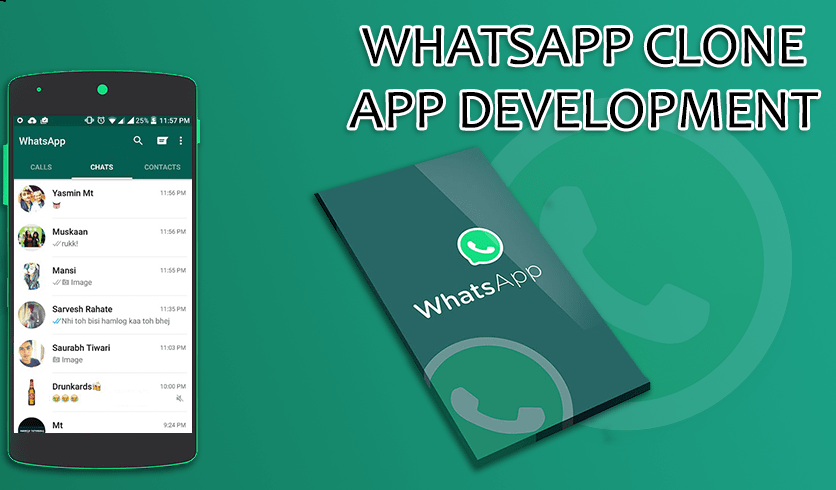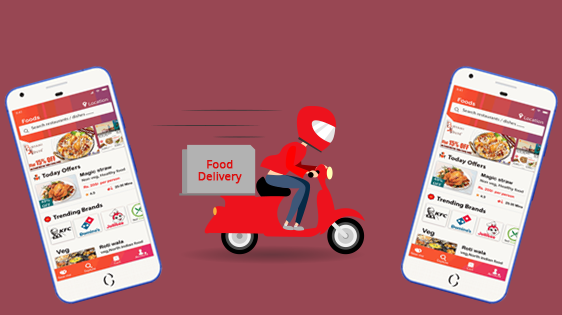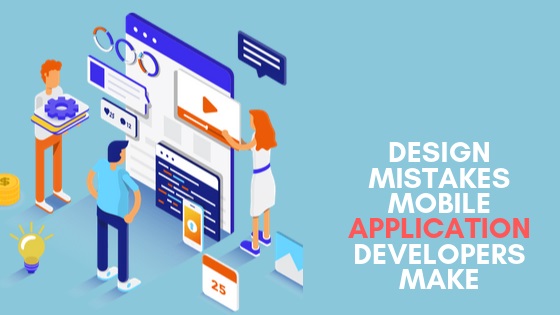Having a well-analyzed strategy is the key to launching a flawless mobile app in the tough competitive market. It’s because, with a perfectly analyzed testing approach, you can ace the game of building mobile apps without compromising on quality.
Having a strategy keeps you motivated to achieve your goals. Also, the volatile market of mobile apps is making it even tougher to market the product. Hence, mobile testing strategies help you achieve maximum coverage and robust performance of the product.
In this blog, we will uncover some essential strategies that can help solve and smoothen the entire mobile app testing process in detail. Let’s explore them.
What is Mobile App Testing?
Mobile app testing is implemented to ensure that the mobile apps work seamlessly
on any device whether it is a smartphone, tablet, or desktop. Let’s simplify your confusion. Suppose, you are launching a fitness app, but it doesn’t calculate the daily steps of the user correctly and suddenly, the progress data gets erased!
What a havoc it will be! That’s the time when mobile app testing is implemented. It is a meticulous process to assess and correct every button and feature to ensure that nothing sort of this happens in any manner.
Therefore, the main goal of mobile app testing is to deliver an app without any error that robustly survives in the digital world and provides a delightful and glitch-free experience.
Strategy #1 Select the Right Environment for Testing
One of the most important strategies to begin mobile app testing is to verify if you are using the right testing environment. Strategies largely depend on the type of platform the app is created for web-based, native, or hybrid.
If you are using a native app, then you will get the best flexibility and control while testing. However, it will take some extra effort to test it on different platforms. On the other hand, web-app testing also has some challenges as you have to test it on a wide range of browsers.
Also, check how the app is working with different screen sizes to ensure it is adaptive and responsive.
Strategy #2 Distribution of Testing Efforts Among the Team
Establish direct communication among the team members. Each team member should be able to communicate the changes easily. Thus, establishing robust communication and tracking tools will help in keeping your team in the loop regarding any major and minor updates.
Identify the team members with specific skills for mobile app testing such as usability testing, performance testing, security testing, and functionality testing. Hence, simultaneous testing of different sections of the mobile app will drastically reduce the testing timeline.
Strategy #3 Data-Driven Testing Process
The next strategy for mobile app testing is to check that the test scenarios are designed based on the different input data. It will allow you to create various reusable scripts to execute them and increase efficiency and thorough test coverage.
Separate test data from test scripts. You can achieve this by storing them in external sources including data files, spreadsheets, and databases. Then, modify the test scripts by utilizing placeholders and variables that can be replaced by actual data during execution.
Strategy #4 Ensure Best User Experience
Mobile applications need to be easily accessible to every user without any difficulty. Poor user interface affects the overall functionality of the app and it will take extra time and resources to mitigate them.
Hence, focus on covering a wide range of operating systems such as Android, and IOS to expand your user base. Assess the app performance under different network conditions such as Wi-Fi, 3G, and 4G to enhance responsiveness and speed.
Along with that, ask real users to use the app and gather their feedback to understand the improvement areas. Factors such as screen sizes, portrait and landscape modes, buttons, and other UI components should be taken care of when conducting mobile app testing.
Strategy #5 Implement Load and Performance Testing
Load and performance testing are the inevitable strategy when it comes to mobile app testing. It will help you understand how the app will perform with crucial metrics including resource utilization, response time, and throughput.
Also, focus on key functionalities and high-traffic areas when conducting performance testing. Several load testing tools such as ApacheJmeter, NeoLoad, BlazeMeter, Locust, and LoadUI are effective in monitoring the app performance under real-world conditions.
Strategy #6 Test Automation to Improve Productivity and Efficiency
You must understand that every test case is different. Thus, automating every test process is not practical at all. Prioritizing test cases according to their frequency and impact will allow you to optimize resources and maximize their value.
Also, automation frameworks that facilitate parallel execution promote simultaneous running of multiple test cases on different browsers which ultimately reduces the execution time. Accommodating automated testing processes in your CI/CD pipeline will streamline the workflow and also provide rapid feedback regarding the changes.
Strategy #7 Localization Testing
Incorporating localization testing in the development cycle is important to make the mobile app adaptable to different cultures and languages. Configuration of the app to smoothly run in different languages, currency symbols, and relevant formats.
Don’t forget to test the application in real environments and real users. Automated tests boost the verification process, especially when you are dealing with multiple languages. Verify the app and ensure that it is culturally sensitive and respectful towards the local culture.
Strategy #8 Utilize Cloud Service to Test on More Devices
If you are planning to integrate cloud services for mobile app testing, then you must choose a reputable platform that provides access to a wide range of devices, configurations, and operating systems. Some of the popular cloud testing services include AWS Device Farm, BrowserSlack, and Sauce Labs.
Before selecting the devices for testing, it is necessary to analyze the device fragmentation for your target audience. Make sure that the cloud testing services offer real device testing as compared to the simulators and emulators to get accurate insights.
Strategy #9 Divide the Testing Process into Small Tasks
Dividing the testing process into small tasks will simplify the process. It will shift the focus on testing specific features and modules of the mobile app. As a result, it will enhance efficiency and overall outcome.
Categorize the mobile app testing tasks based on different critical features, user expectations, and impact on business. Hence, this iterative testing strategy enhances its dynamic landscape of mobile app development.
Strategy #10 Utilize the Best Tools for Mobile App Testing
Selecting those testing tools that should align with the testing tools. It’s because different testing tools cater to different testing aspects such as performance testing, security testing, functionality testing, and user experience testing.
XCUITest, Espresso, and Appium are some efficient tools that you can use for functional testing. Also, JMeter, Sauce Labs, and Browserstack are some commonly used tools for cross-browser and cross-device testing.
Conclusion
In conclusion, implementing the above strategies for mobile app testing can help you establish reliability and achieve success for your apps. This well-rounded testing strategy identifies and resolves the issues at the early stage.
Hence, by incorporating these strategies in the testing lifecycle, software development companies rectify the issues and build trust among customers.





